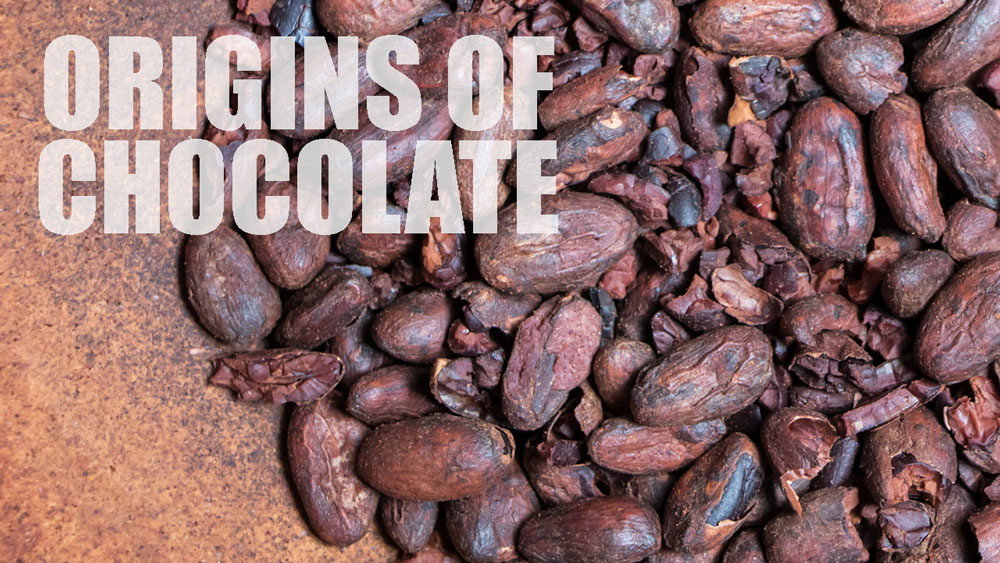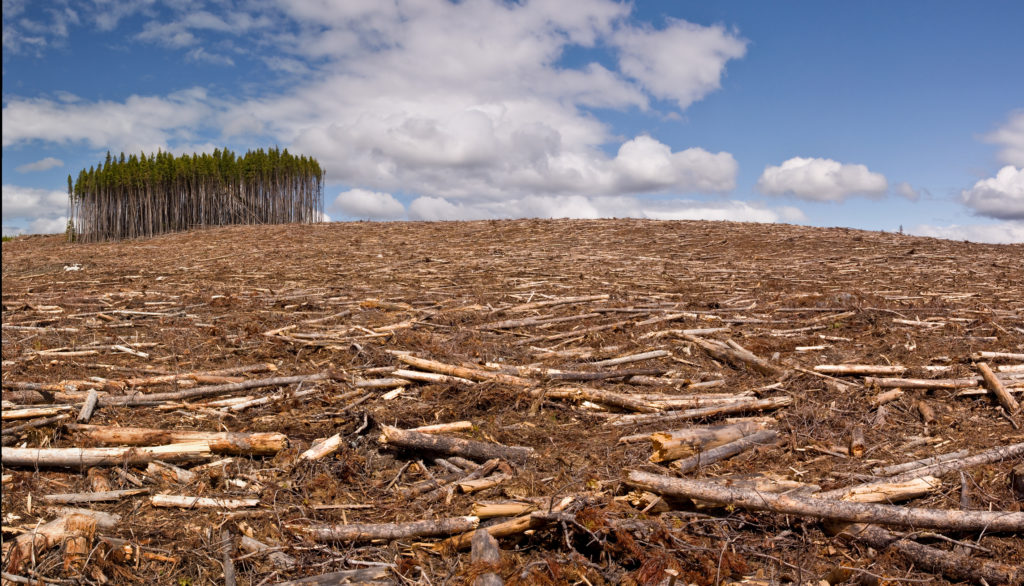We’ve been talking about chocolate in some form or other since the beginning of The Green Divas! I mean, c’mon it’s such a Green Diva thing, right?
But a few years back, we started to learn about the dark side of chocolate. Aside from the potential rainforest devastation from growing cacao and the abuse of workers who help harvest and product it (as if that isn’t bad enough), some chocolate is testing positive for lead and cadmium. Neither of which should be in ANY food, but especially our precious chocolate. ugh.
Recently, Consumer Reports posted about this toxic, dark side of chocolate.
It’s not ALL bad!
Here’s a podcast & video episode GD Lisa and I did about chocolate a couple of years ago…
or
Watch the show here…
Chocolate History lesson
Chocolate dates as far back as ancient Mesoamerica. It derives from the cacao plant beans, which were fermented, roasted and ground. Evidence suggests that cocoa drinks could date as far back as 1900 BC. It was a huge part of Mayan and Aztec royal and religious festivities. Priests used it as offerings to the gods and it was prepared as a beverage during special ceremonies. As the conquistadors took control of the Mayan and Aztec empires, the cocoa beans were used as tax payments.

Once brought over into Europe, the cacao beans were sweetened and lightened with refined sugar and milk. It proved to contrast greatly from the mesoamerican cultures since Europeans used chocolate as a dessert rather than integrating it into their general diet. In the 19th century, a Briton by the name of John Cadbury developed an emulsification process to make solid chocolate and modernized the traditional chocolate bar.
Chocolate didn’t change much until the Industrial Revolution. By this time, Mills were creating hard, durable chocolate. Companies began to advertise these treats that we know of today since it’s production could be commercialized. When new machines were produced, people began experiencing and consuming chocolate worldwide.
SWEET BENEFITS OF CHOCOLATE
(dark chocolate over 70% cacao)
Dark chocolate, considered the food of the gods during Aztec times, is high in fiber and minerals like iron and magnesium.
The latest research backs up claims that chocolate has cardiovascular benefits. A Swedish study conducted over the course of 9 years studied 31,000 women. Those who ate one or two servings of dark chocolate each week cut their risk for heart failure by as much as a third.
Dr. Michael Greger explains the connection in his NutritionFacts.org video between dark chocolate and artery function—and what studies not funded by the chocolate industry show about the effect of cocoa on arterial health.
Dark chocolate contains several chemical compounds that have a positive effect on your mood and cognitive health. It can really affect your mood. Chocolate contains phenylethylamine (or PEA), which is the the same chemical your brain creates when you feel like you’re falling in love. PEA encourages your brain to release endorphins, so eating dark chocolate will make you feel happier.
One study suggests that eating chocolate regularly is linked with a lower body mass index (BMI). The authors cited overall diet and chocolate’s antioxidant properties as potential reasons for the findings, as well as growing evidence linking chocolate with metabolic benefits.
The bioactive compounds in dark chocolate may also be great for your skin. The flavonols can protect against sun-induced damage, improve blood flow to the skin and increase skin density and hydration.
Does your chocolate contain cadmium or lead?

We did a story a few years ago about lead in dark chocolate, which was due to chemical fertilizers in the non-organic growing process as well as shipping.
There are now regulations in place to reduce heavy metals in chocolate, but the best thing to do is buy organic and fair trade of course. Get the lead out!
Chocolate impact on rainforest

The Ivory Coast has lost more than 80 percent of its forests in the last 50 years, mainly to cocoa production as seen here in the Yale e360 Environmental report.
Much of the chocolate we consume comes from cocoa in tropical areas around the world. Cocoa is mostly produced in countries close to the equator, where the climate is best for growing cocoa trees.
Unfortunately, the growth, extraction, and transportation of cocoa farming have had serious consequences on deforestation, biodiversity, and climate change. Cocoa farming requires hundreds of thousands of acres of land. And as if that weren’t bad enough, the methods in which these lands are made more suitable for modern agricultural farming is very damaging to the environment. The slash and burn method of cocoa farming is when the natural vegetation of the area is cut down and the remains are burned as a way to clear the land for farming. This method leads to a large amount of carbon dioxide and harmful particulates being released from the burning of all the plant and animal life found in that particular area. In fact, the practice of converting tropical rainforests into agricultural land accounts for a significant share of annual greenhouse gas emissions due to land use change.
Fear not though – not everything about cocoa agriculture is negative. When farmers use an integrated approach of combining their crops with other natural vegetation, such as trees and shrubs (also known as agroforestry), the biodiversity prospers more than other agricultural land approaches. Another solution to further increase biodiversity would be establishing shade canopies throughout the crop because studies show that biodiversity is substantially better when cocoa is grown under shade.
Some UTZ and rainforest certified chocolate STILL uses child labor.. Ugh…
There are also fair-grade chocolate standards that presumably resolve the child-labor issue… here’s a list of some of the chocolate companies: GOOD NEWS TRADER JOES IS ON THE LIST!
Check out this Partnership Rainforest article Chocolate in the Rainforest.
Enjoy some of our previous reports on Chocolate from over the years:
Delicious Reasons to Love Chocolate
Love Chocolate? Here’s Why, it’s Good for You
GDs@Home – Sponsored by Cariloha Home goods made from eco-friendly Bamboo – Soft – Cool – Clean – Green: a comfy way to save the world!

IKEA – Many people think of Ikea as that place to purchase those cheap shelves and futons for starter homes or college dorm rooms. And there is no end to the jokes about putting Ikea furniture together at home, which was cost effective for them in terms of transporting goods, but in turn kept the price down for consumers. I loved the everyday functional items that were well designed and actually attractive, making items less likely to end up being disposable.
In an article I read in Grist by Alexandra Kirkman in Feb of 2021 it looks like Ikea is stepping it up in a big way. While there was much I’ve appreciated about the company, I haven’t looked into it at any depth, until now.

- The Swedish powerhouse set out 80 years ago “to create a better everyday…” to now becoming “climate positive” by 2030, while it expands, opening 50 stores in 2021 for starters.
- They are addressing everything from manufacturing to transportation to even the food they offer in the restaurant.
- They are committed to pull emissions out of the atmosphere without just buying carbon offsets like other companies.
- They fully intend to influence their suppliers, which is part of the cultural change that I keep pressing.
- They are committed to making things that last longer and give old products a second life.
- As a central pillar to their new commitment, they are aiming to be 100% circular business by 2030.
- Ikea’s definition of “democratic design” — affordable, high-quality, sustainable, stylish, and functional — but also can be reused, refurbished, recycled, or remanufactured into new items.”
- Reinventing the use of “mass production” to serve huge solutions and cultural change.
- In 1998 they founded the “sow the seed” foundation which in the next 20 years planted over 3 million trees, over 31,000 now-protected acres of rainforest.
- 60% of Ikea’s products are made of wood. They are committed to using wood that does not contribute to deforestation. 12% of their wood is recycled and the rest is certified by, Forest Stewardship Council of which they were founding members. They are quite aware of the importance of protecting vital carbon-sequestering trees, plants and soils. The company now owns 136,000 acres of forest across five states, and some 613,000 acres combined in the U.S. and Europe.
- In terms of other materials, they have a goal of using only recycled or renewable materials, like sustainably sourced wood and cotton by 2030. At the moment 10% of their material is recycled like polyester and plastic with 60% from renewables.
- Innovating laminated veneer is reducing wood use by 40%, while replacing the use of steel and aluminum, which energy intense, because of it’s strength.
- Rice straw which is normally burnt after harvest to get rid of it, is being repurposed as a renewable material source, reducing air pollution in northern India.
- In short, Ikea is heavily investing in R&D to innovate new ways to produce products using less of our much needed resources. Like other less ethical companies, Ikea is so large that if a supplier doesn’t want to comply with Ikea’s demands for better practices, they’ll go somewhere else.
- OK, I was surprised to hear that Ikea sells a billion of it’s famous Swedish meatballs. We have often talked about the meat industry and its effect on the planet. So, what is Ikea doing about it? The company has sold over 5 million veggie hot dogs since introducing them in 2018. They are now offering the plant ball, a vegan version of their famous meat ball. The company plans on converting to 50% plant based entrées by 2025 and 80% of the restaurant offerings to be non-red meat.
- They intent to be 100% renewable energy by 2030 across the entire value chain. They are heavily invested in wind and solar and have been since 2009.
- Ikea is in the unique position to influence their hundreds of millions of customers across the world to recycle and reuse, which is part of their goals. Once again participating in the shifting of culture to making sustainable living mainstream for the future of our planet.
- 2020 black Friday campaign. “During its #BuyBackFriday campaign late last year — conceived as an alternative to traditional Black Friday marketing blitzes — Ikea stores in 27 countries offered to buy back and resell thousands of used home furnishings. Customers received vouchers worth between 30 percent and 50 percent of their item’s original price, depending on its condition. (Anything that couldn’t be resold was recycled or donated to COVID-19 community outreach projects.) Down the road, as the company develops its methods, a bought-back chair could be stripped to its frame, polished, painted, and reshaped into a new chair.” There are also plans to open secondhand IKEA stores. Go IKEA